In another evolutionary move for Second Life alternative OpenLife, a virtual currency is on the way for the platform. February 2009 is the tentative timeline, and any Openlife resident can purchase what will be called ‘credits’ via PayPal or credit card. Only region land owners will be able to cash out credits which may concern some, but it’ll also be interesting to see what impact this has on the Openlife economy.
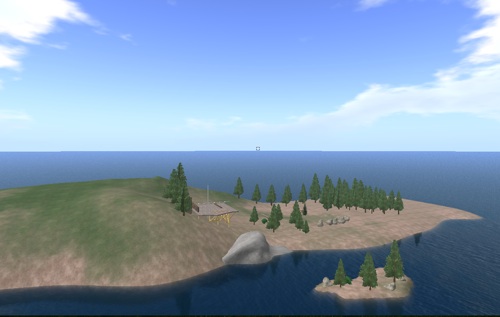
Arguably, region owners will be more set up to declare virtual earnings in an environment of greater scrutiny from tax officials. The availability of the currency itself should also see a boom in Openlife businesses selling virtual goods which in turn drives growth in the platform. Momentum is key for any development and Openlife at this stage have certainly maintained that.
Thanks to CyberTech News for the heads-up
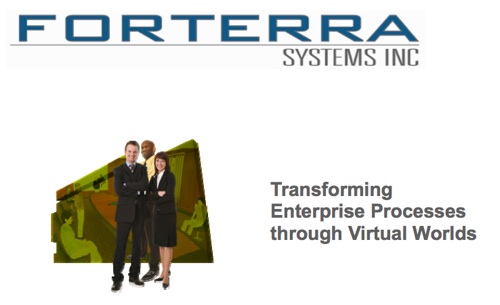
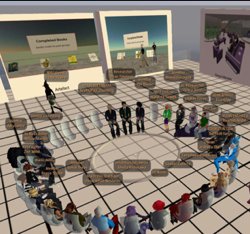
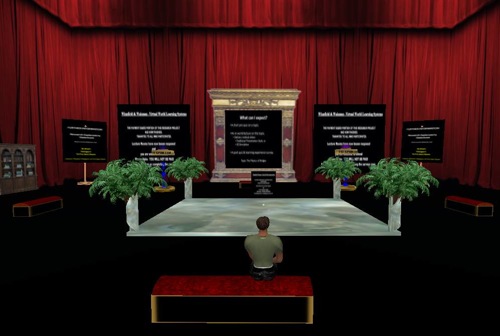
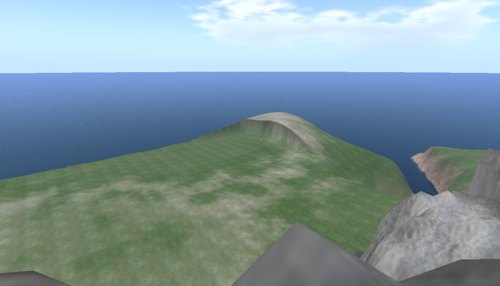
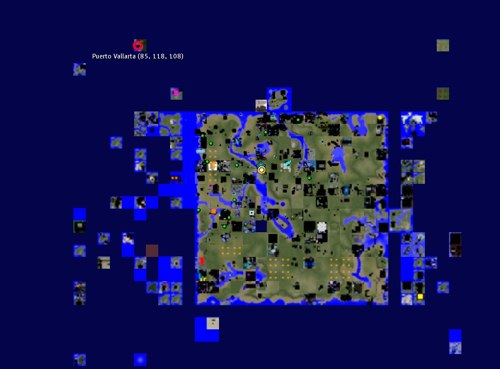
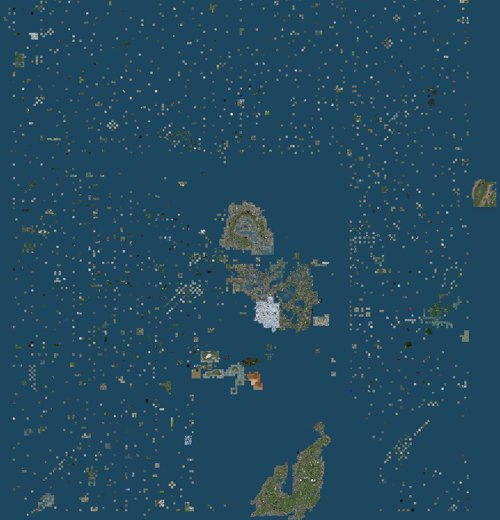
Recent Comments